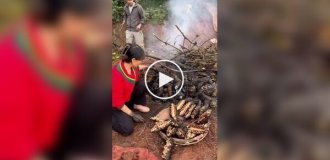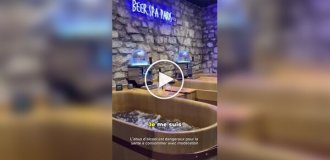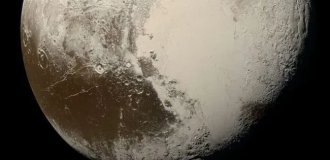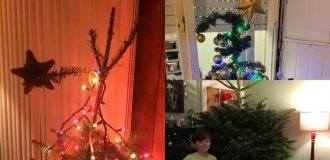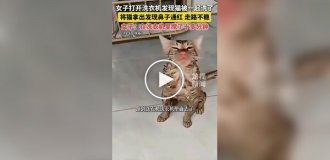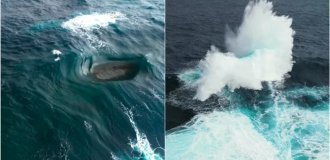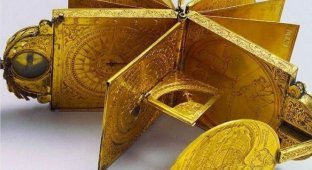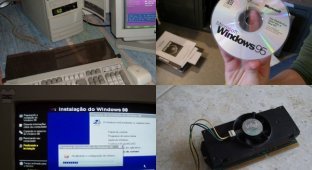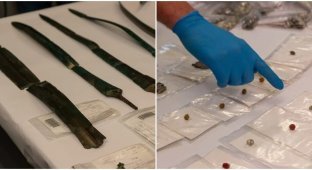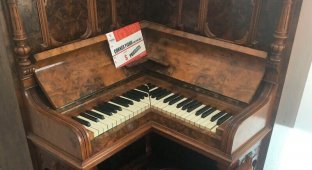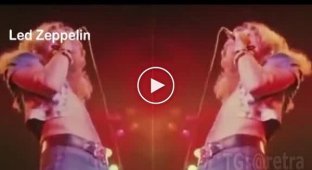England's oldest scientific instrument is up for auction at Christie's (5 photos)
The year "1311" is engraved on the palm-sized copper quadrant. The device was used to determine time. 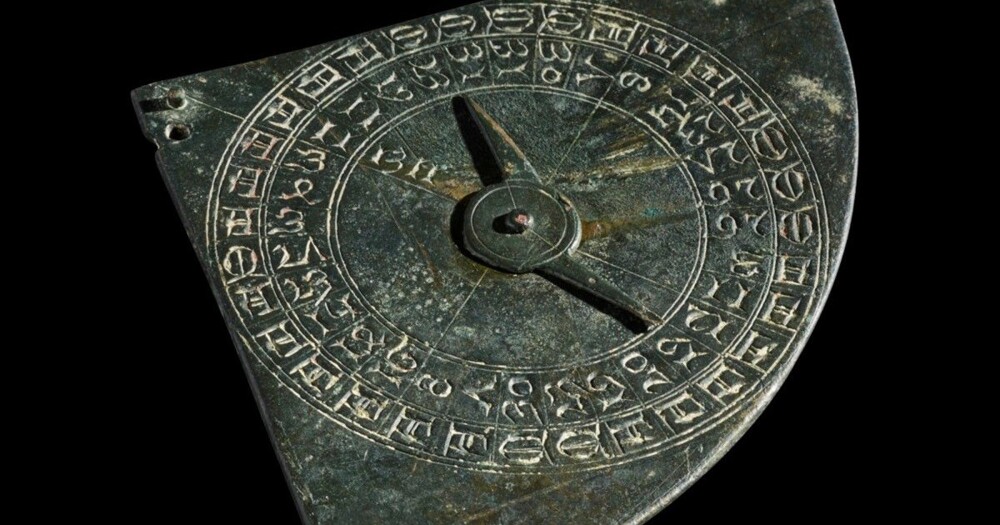
The quadrant is 15 years older than Chaucer's astrolabe in the British Museum.
Christie's specialist James Hislop commented: "Medieval English instruments are extremely rare, so each new discovery significantly expands our understanding of the science of that time."
The lot was estimated at 130,000-190,000 dollars. Along with it are exhibited valuable books and manuscripts, as well as a 17th-century silver microscope made by the “father of microbiology” Antonie van Leeuwenhoek. 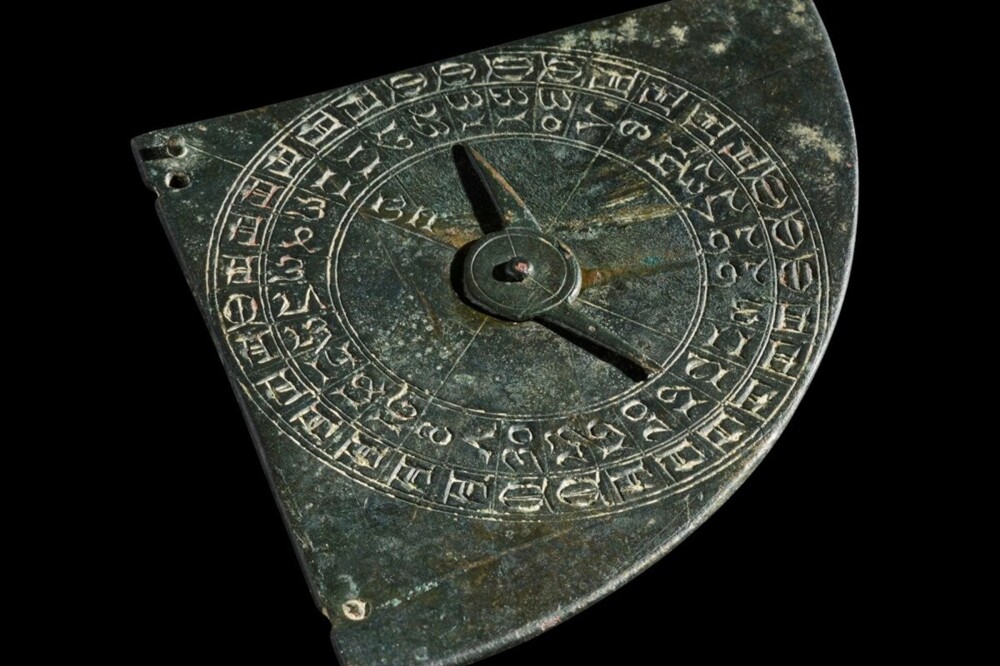
It is believed that instruments for determining time by the height of the sun came to Europe from Muslim Spain at the end of the 13th century.
In horary quadrants, daytime was divided into 12 hours, the duration of which depended on the latitude of the observation site and the time of year.
According to this instrument, the first hour begins at dawn, noon occurs at the end of the sixth hour, and sunset at the end of the twelfth hour. Taking this into account, every hour in summer is longer than in winter. 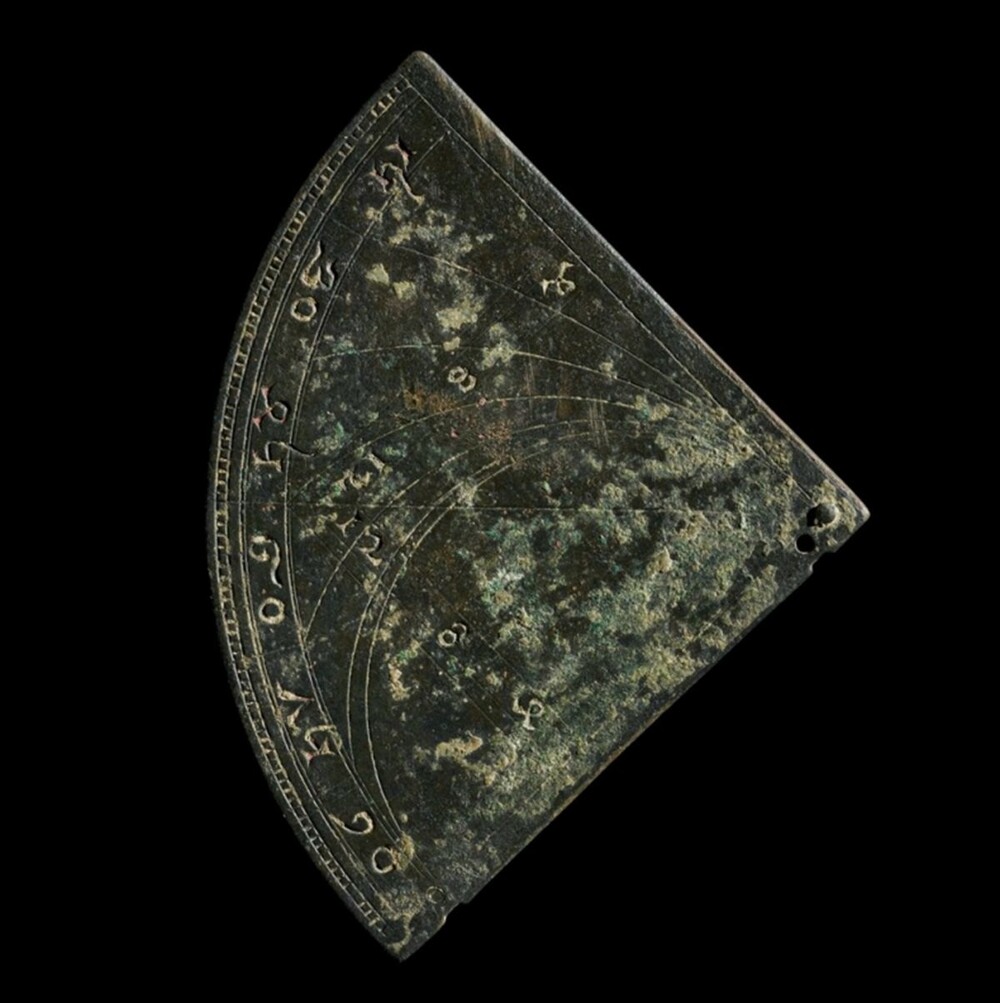
"These quadrants were probably the tools of traders, clerics and students," Hyslop said.
It is believed that the "She-Wolf of France", Queen Isabella, wife of the English King Edward II, received several of these devices as a gift in 1358 from a monk of St. Albans Abbey.
Philip Nothaft, a historian at Oxford College, explains: "The main function of the quadrant, known as the quadrans vetus, was to determine the time of day from the altitude of the Sun. The conversion of altitude to time was based on a trigonometric formula, which is accurate only at the equator, but even with an error was acceptable."
Nothaft notes that the quadrant not only serves to tell time, but can also be used to solve mathematical problems related to measuring distances, depths and heights. 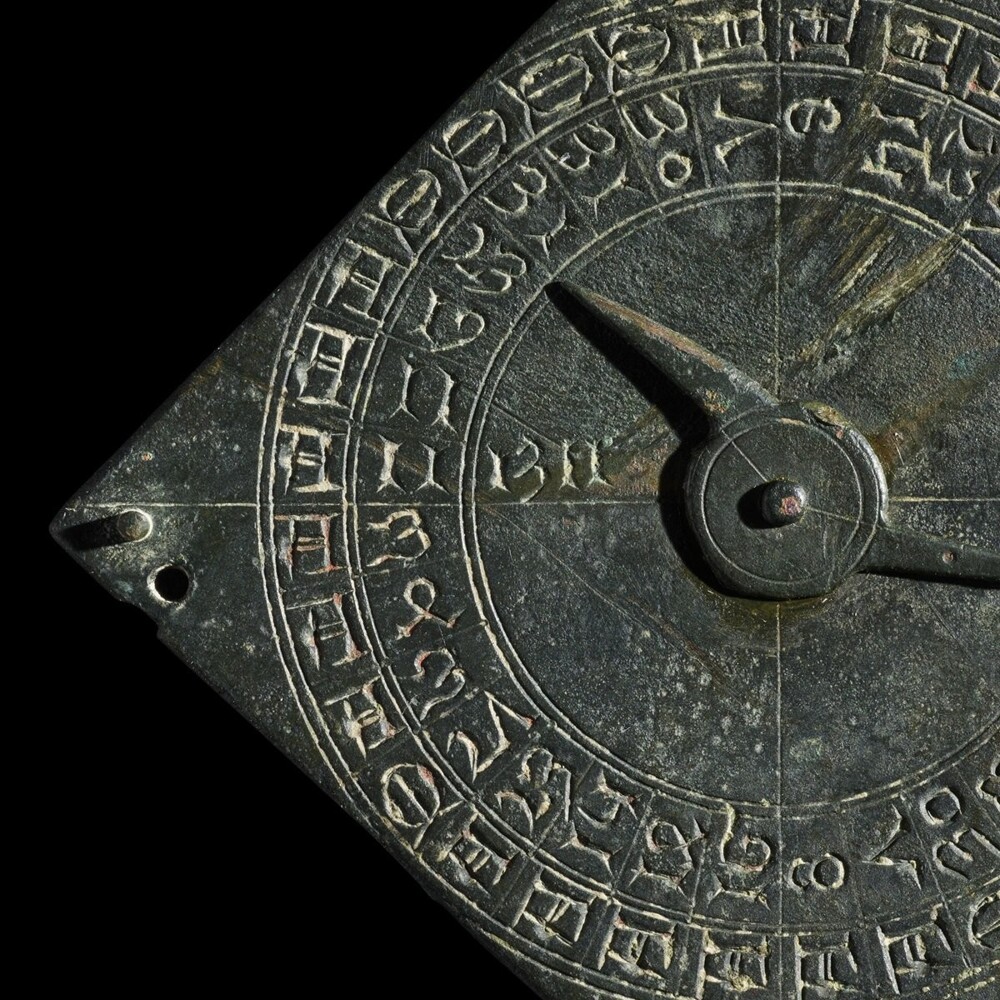
The scientific instrument was found by Simon Neil at a site in Chetwode, Buckinghamshire, England, almost ten years ago. 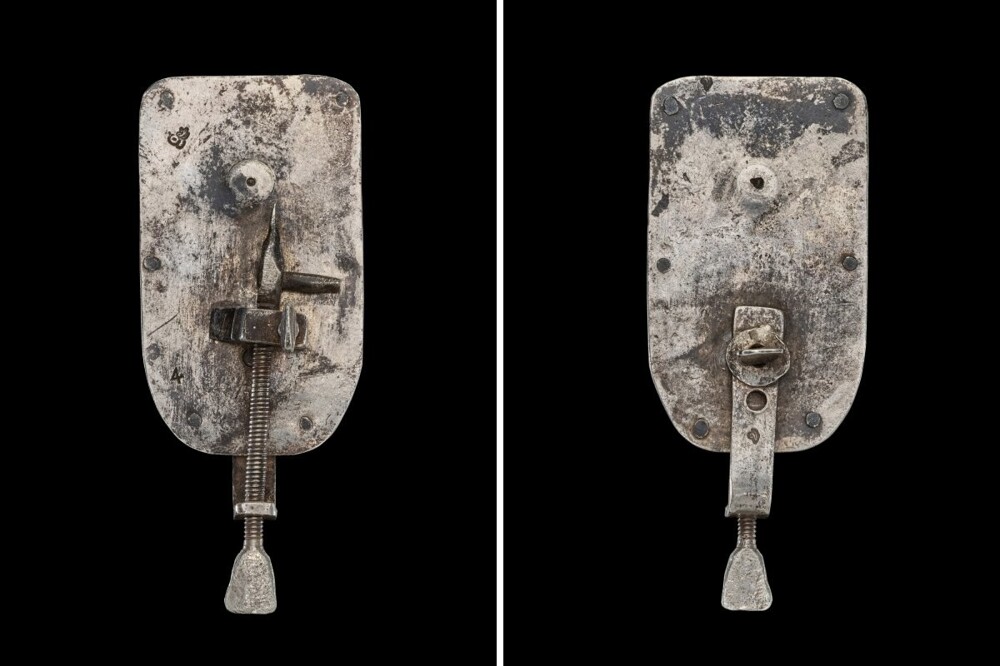
Photographs of a microscope attributed to Antoni van Leeuwenhoek




